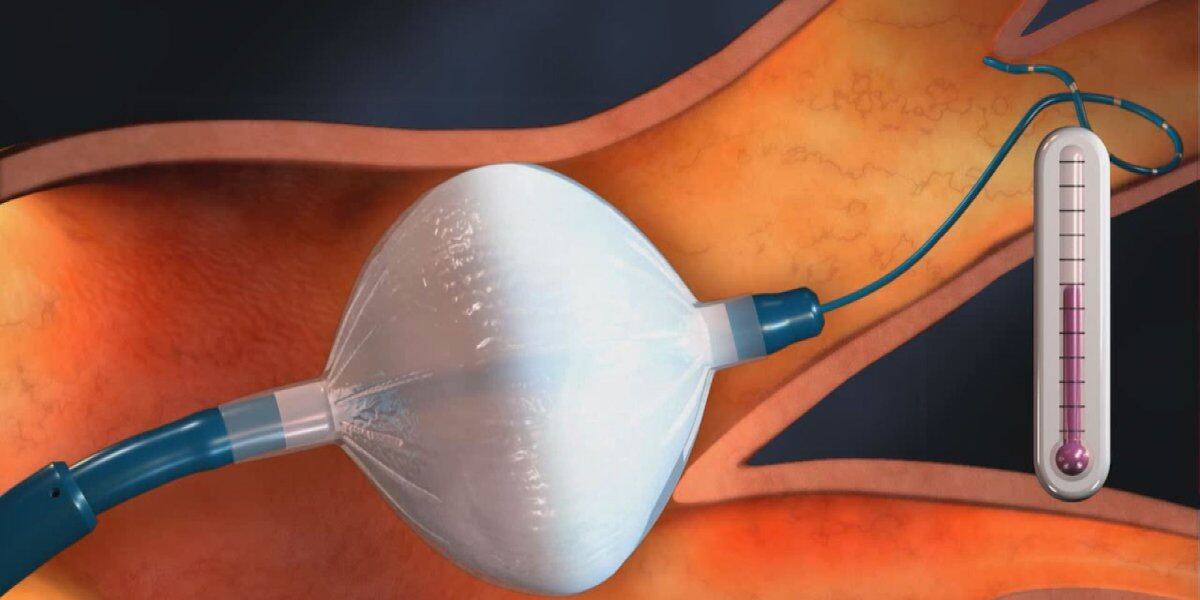In the realm of modern medicine, technological innovations continually reshape the landscape of patient care. A prime example of such progress is found in the field of cardiology, where ablation catheters have emerged as pivotal tools in treating various cardiac conditions. This article explores the intricacies of ablation catheters, their applications, and their role in advancing precision within the realm of cardiac care.
Understanding Ablation Catheters

- Definition and Functionality
Ablation catheters are specialized medical devices designed to treat cardiac arrhythmias by delivering controlled energy to specific areas of the heart. These catheters are typically thin, flexible tubes equipped with electrodes at their tips, allowing for precise energy delivery.
- Types of Ablation Catheters
- Radiofrequency Ablation Catheters: These catheters use high-frequency electrical energy to create heat, destroying abnormal heart tissue responsible for irregular electrical signals.
- Cryotherapy Ablation Catheters: Employing extremely cold temperatures, cryotherapy catheters freeze and subsequently destroy problematic tissue, offering an alternative approach to radiofrequency.
- Laser Ablation Catheters: These catheters use laser energy to ablate targeted tissue, providing a different mechanism for treating arrhythmias.
Applications of Ablation Catheters
- Atrial Fibrillation (AF)
Atrial fibrillation, a common cardiac arrhythmia, involves rapid and irregular heartbeat. Ablation catheters play a crucial role in selectively eliminating the abnormal electrical pathways contributing to AF, restoring a regular heart rhythm.
- Supraventricular Tachycardia (SVT)
Ablation catheters are effective in treating SVT, a condition characterized by rapid heartbeats originating above the heart’s ventricles. By precisely targeting the abnormal tissue causing the rapid impulses, ablation catheters restore normal heart rhythm.
- Ventricular Tachycardia (VT)
For patients experiencing ventricular tachycardia, a potentially life-threatening rhythm disorder, ablation catheters offer a targeted approach to eliminate or control the abnormal electrical signals originating in the heart’s lower chambers.
Advantages of Ablation Catheters

- Precision Medicine
Ablation catheters enable a highly targeted treatment approach, minimizing damage to healthy tissue while selectively eliminating the problematic areas contributing to cardiac arrhythmias. This precision enhances patient outcomes and reduces the risk of complications.
- Minimally Invasive Procedures
Compared to traditional surgical interventions, ablation catheter procedures are minimally invasive, often requiring only small incisions or access through blood vessels. This results in faster recovery times, reduced postoperative pain, and lower overall healthcare costs.
- Improved Quality of Life
For patients suffering from recurrent arrhythmias, successful ablation procedures can significantly improve their quality of life by restoring normal heart rhythm and reducing symptoms such as palpitations, fatigue, and shortness of breath.
Challenges and Future Developments
Despite their success, ablation catheters face challenges, including the need for further advancements in technology to enhance efficacy and reduce procedure times. Ongoing research focuses on refining catheter design, improving mapping and navigation systems, and exploring innovative energy sources for ablation.
Future Directions in Ablation Catheter Technology
- Advanced Mapping and Navigation Systems
Future developments in ablation catheter technology are expected to focus on improving mapping and navigation systems. Enhanced three-dimensional mapping technologies will allow for more accurate identification of abnormal electrical pathways, further refining the precision of ablation procedures.
- Catheter Design and Materials
Innovations in catheter design and materials are crucial for optimizing procedural success. The development of more flexible and maneuverable catheters will facilitate better navigation through intricate cardiac structures. Additionally, the use of advanced materials that enhance catheter durability and conductivity may contribute to more efficient energy delivery.
- Integration of Artificial Intelligence (AI)
The integration of artificial intelligence (AI) in ablation procedures holds promise for optimizing treatment strategies. AI algorithms can analyze complex data, such as electroanatomic maps and patient-specific characteristics, aiding in the identification of optimal ablation targets. This synergy between technology and intelligence could significantly improve procedural outcomes.
Challenges and Considerations in Ablation Catheter Procedures
- Procedural Time and Complexity
While ablation catheters have significantly reduced the invasiveness of cardiac procedures, challenges persist regarding procedural time and complexity. Continued efforts are necessary to streamline workflows, enhance catheter maneuverability, and reduce the learning curve for medical professionals.
- Patient-Specific Variability
The diversity in patients’ cardiac anatomy and arrhythmia presentations poses a challenge in developing universal ablation strategies. Tailoring procedures to each patient’s specific needs requires ongoing research into individualized treatment approaches, considering factors such as anatomy, genetic predisposition, and overall health.
- Long-term Efficacy and Recurrence
Despite successful ablation procedures, some patients may experience arrhythmia recurrence over time. Long-term efficacy studies are essential to understand the factors contributing to recurrence and to refine treatment strategies for sustained positive outcomes.
Conclusion
Ablation catheters stand at the forefront of modern cardiology, offering a targeted and minimally invasive solution for managing cardiac arrhythmias. As technology continues to evolve, these devices are likely to play an increasingly vital role in shaping the future of precision medicine, providing new hope for patients with various cardiac conditions.
Conclusion: Shaping the Future of Cardiac Intervention
Ablation catheters have revolutionized the landscape of cardiac intervention, offering a personalized and minimally invasive solution for patients with arrhythmias. As technology continues to advance, these catheters are poised to become even more integral to the field of cardiology. The ongoing pursuit of innovation, coupled with a commitment to addressing challenges, ensures that ablation catheters will play a pivotal role in shaping the future of cardiac care. The intersection of precision medicine, advanced technology, and artificial intelligence holds immense promise for improving patient outcomes and expanding the horizons of what is achievable in the realm of cardiac intervention.

